Egypt has been known as a country pyramids. Generally, Pyramids refer to the huge triangle monuments specifically associated with funerary practices of ancient people. But, some experts describe their astronomical values as well. In Latin America also, pyramids can be seen. In Egypt, pyramids are numerous in number.
Pharoah Sekhemkhet
Sekhemkhet was the second pharaoh of the Third Dynasty. This Dynasty belonged to the Old Kingdom of Egypt. The time period of this dynasty was between 2683 – 2613 BCE.

Significance of the Third Dynasty
The Third Dynasty is important for the overall understanding of ancient Egypt. Because it has witnessed the transition from the Pre-Dynastic Period to the Age of Pyramids. Archaeologists and Historians have accumulated evidence in support of this hypothesis.
Buried Pyramid
The Buried Pyramid belongs to the Pharaoh Sekhemkhet. It is a step pyramid. Thus, archaeologists easily assigned it to the early period of pyramid building. Because, earlier, pyramids were in stepped form. Then, gradually pyramids got the form of a complete triangle.
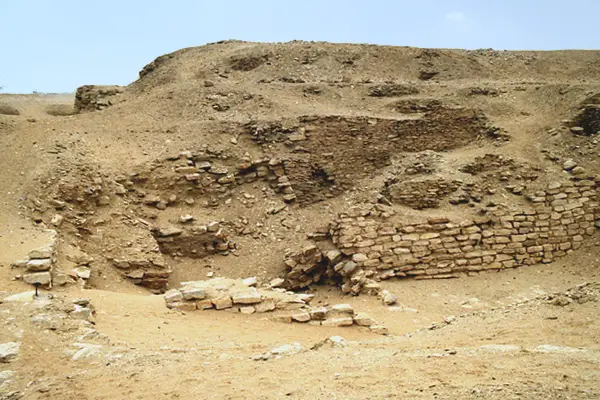
The other important point regarding this pyramid is that it is unfinished. According to experts, its construction took place approximately during the year of 2645 BCE.
Location of the Buried Pyramid
The location of the Buried Pyramid is at Saqqara. It is the same place where we can find the Step Pyramid of Djoser. In fact, the most interesting point here to be noted is that Sekhemkhet was the successor of Djoser.

This could be a reason for the resemblance of architectural styles between the pyramids of the two. The exact location of the Buried Pyramid is several hundred meters southwest of the Djoser’s pyramid.
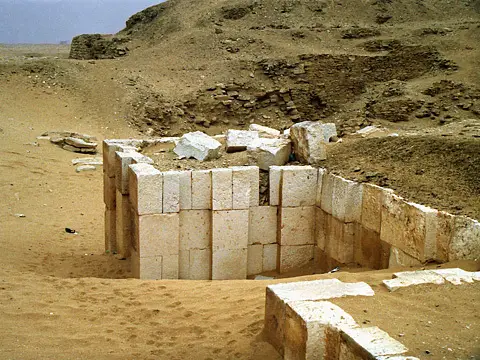
Discovery
It was the year of 1951. People really have forgotten about the existence of this pyramid. It was under the custody of sands. Then Egyptologist Zakaria Goneim came into the picture.
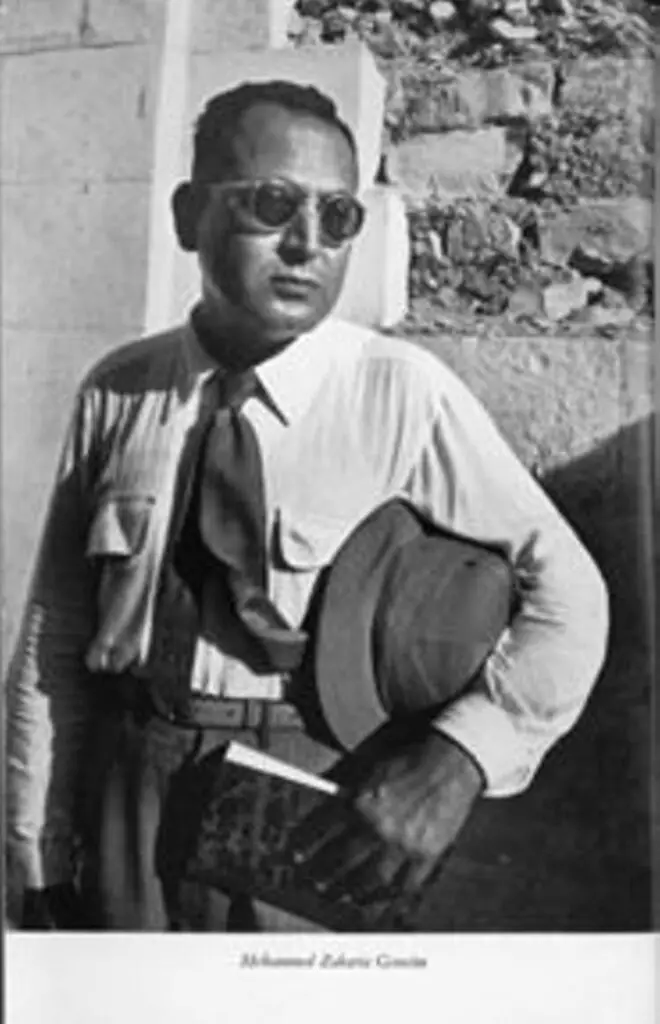
He started excavation in the Unas complex in Saqqara. Then, one day, he suddenly noticed some rectangular remains there. He was previously familiar with the Step Pyramid of Djoser. Thus, he easily found that remains to belong to a step pyramid. This is how he discovered the Buried Pyramid.
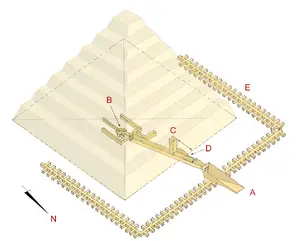
The Findings from the Site
Archaeologists have unearthed a number of valuable artifacts from the excavations of this site. These include demotic papyri, animal bones, stone vessels, gold bracelets, beads cosmetic cases, ivory plaque, and jars, etc. These jars have the inscriptions bearing the name of Sekhemkhet. The ivory plaque has been found on the floor of the main hall of the pyramid.
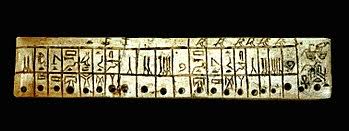
Association of Imhotep
Imhotep was the architect of Djoser. He designed the Step Pyramid of Djoser. There is an enclosure wall in the pyramid complex. The name of Imhotep appears on a section of this wall. Thus, it may be the same person as the architect of Djoser. But, there is confusion. It is because of the absence of any title before his name. So, on the basis of Analogy, he is considered to be the same person.

